Dwindling number of vultures at the Ramanagara Vulture Sanctuary is a cause of concern as only six Indian Vultures are left.
The number of vultures at Ramanagara Ramadevarabetta Vulture Sanctuary is decreasing. Experts and locals say the various vulture species population in Karnataka is precariously leaning on the edge of extinction.
Data from the daily observations of the Karnataka Vulture Conservation Trust shows that the long-billed vulture is a permanent resident there. The sanctuary had 22 long-billed vultures in 2011-12. In the consecutive years, the number just kept dipping to 17, 16, and 12. It went down to seven vultures during 2015-17 and four in 2020. Currently, the sanctuary has only two left. There is hope though, as the two left are a mating pair officials said.
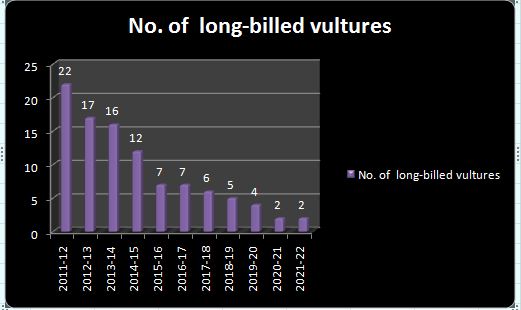
Karnataka is home to four of the nine Indian species of vultures. Ramadevarabetta Vulture Sanctuary had all the four species about 15-20 years ago. Now, it has only two species; the permanent resident, the long-billed and the visiting, Egyptian Vulture. The sanctuary currently has two long-billed vultures and about five Egyptian Vultures visit it during the winter months, which start from November.
Lakshmi a college-going girl who grew up in the lanes of the Ramanagara village right next to the sanctuary, reminisced about the times when they would have 15-16 vulture sightings daily. She added, “I loved bird watching as a child and would go to the sanctuary every day and I still do. I look at the number of birds left right now and it saddens me.”
International Union for Conservation of Nature’s (IUCN) red list states that in the last two decades, the decrease in vulture population is among the most rapid ever recorded in any bird species.
In 2019, Ramanagara had two active mating pairs of long-billed vultures, now it has only one pair left and this has made the situation worse. Darshan.C.S, a wildlife biologist who has written a research paper on vultures at Sri Ramdevarabetta Sanctuary, said, “The construction of the National Highway 275 near the sanctuary went on for a year. They used explosives to blast the huge boulders to construct the road. ” He added that though the blast was controlled, it disrupted the vultures’ habitat and one pair of vulture disappeared. Due to all this, we now have only one mating pair.
He added that they had complained to the forest department multiple times to stop the construction at least during the breeding season, but it was of no use. Urbanization is negatively impacting the wild creatures in the sanctuary.
In January 2022, the sanctuary had a successful breeding event with a healthy vulture chick for the first time in seven years. Everyone involved is hoping for another successful breeding season between November and March this year.
Shashikumar.B, Secretary of Karnataka Vulture Conservation Trust, Ramanagara, said that issues with feeding are the main causes for the decline in vulture population. The ingestion of Diclofenac, a chemical present in medicine fed to cattle that is ultimately eaten by vultures is killing them. Darshan said, “The vultures died of renal failure i.e., failing of the kidneys, after they ate the carcass of cattle which was injected with the chemical Diclofenac. Research showed that 99 percent of vulture deaths is due to this.”
Shashikumar said that the Karnataka Forest Department is planning on implementing a law that states that a scavenger should be allowed to feed on the carcass of any animal that has died naturally; other than a tiger and leopard. Due to cattle insurance, previously cattle were buried or burnt because of which vultures could not feed on it. “With this law in place, now the vulture can feed on the carcass of any animal that has died naturally, and the feeding problem has somewhat reduced.”
Gopinath, retired official, Karnataka Forest Department, Ramanagara, said, “Previously vultures in Ramanagara were a common sight. Now their numbers are dwindling due to the usage of Diclofenac in medicines used in poultry and cattle.” No census exists on the vulture numbers, but he said that approximately two to three dozen vultures used to be seen a few decades ago. Egyptian and Indian vultures were the ones that were frequently seen. He added that the Forest Department has taken steps to increase the number of vultures by introducing in-house breeding centres, like the one being constructed in Bannerghatta National Park. They need intensive care to hatch so after hatching they will be released into Ramadevarabetta.

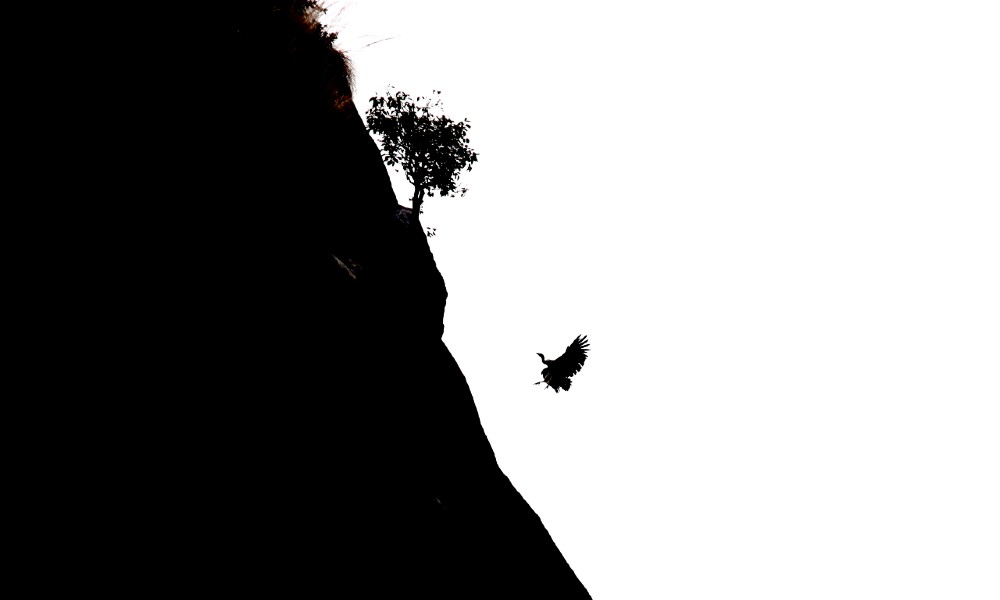
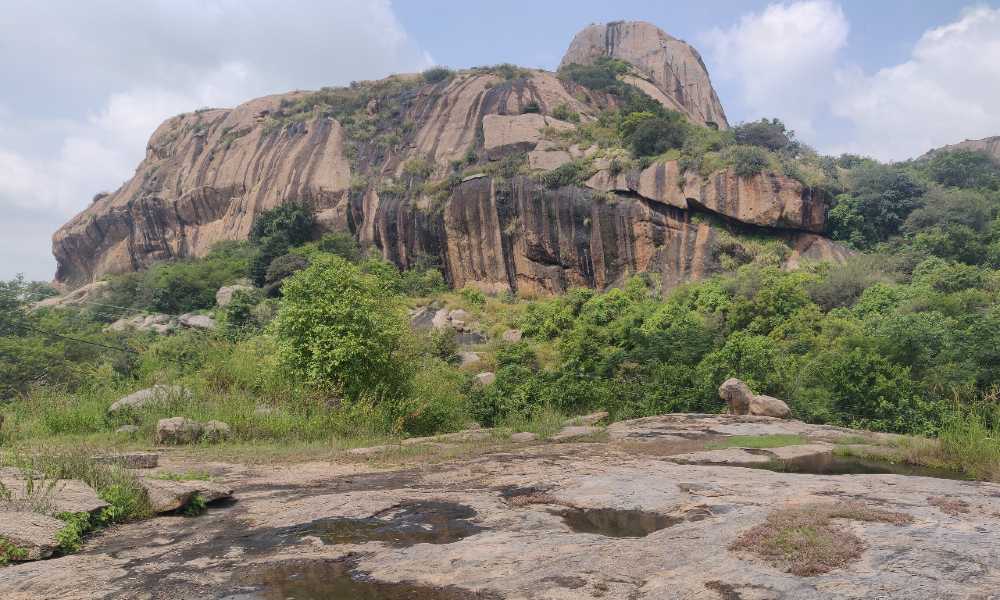

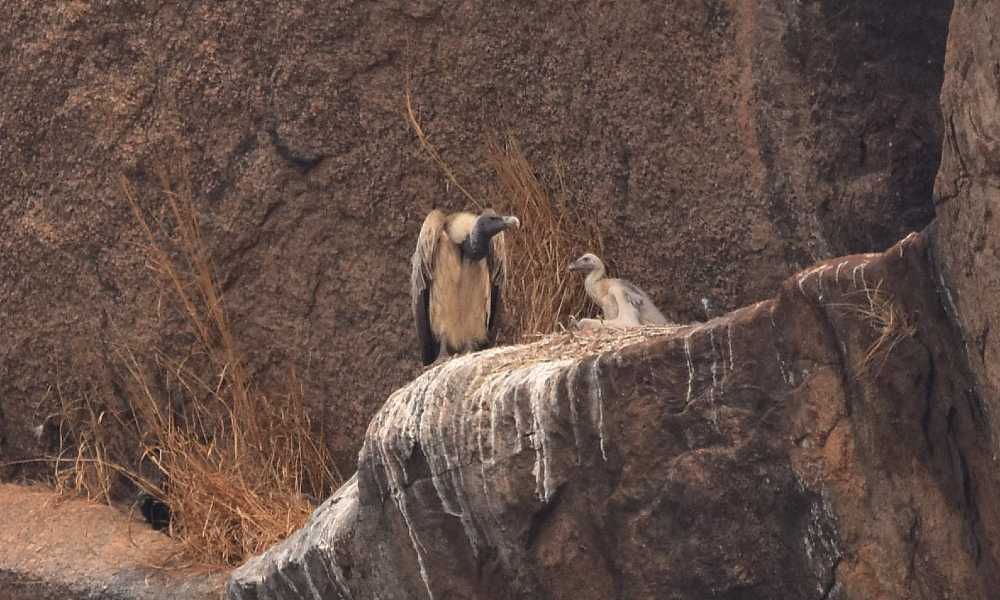
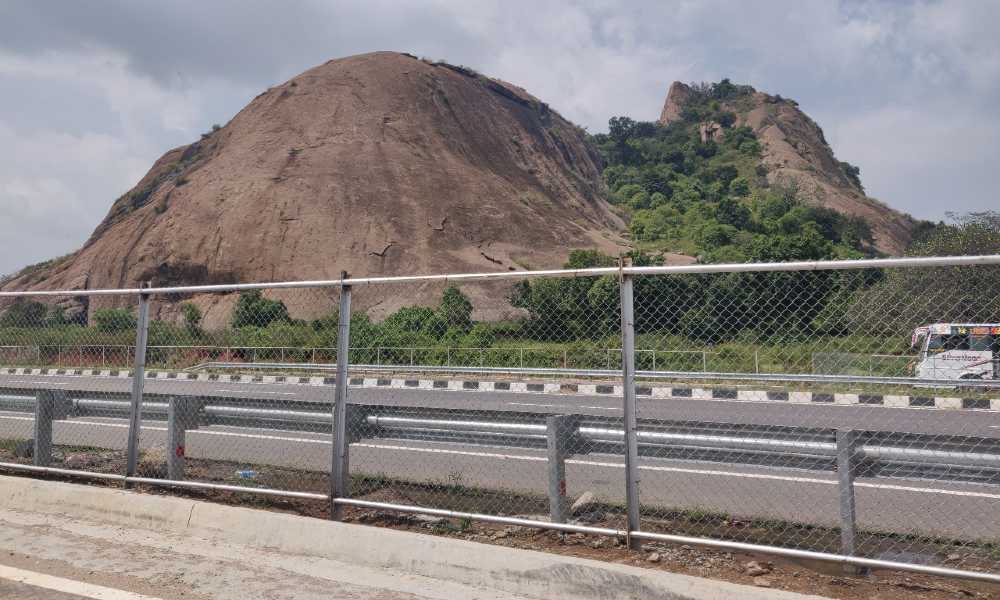
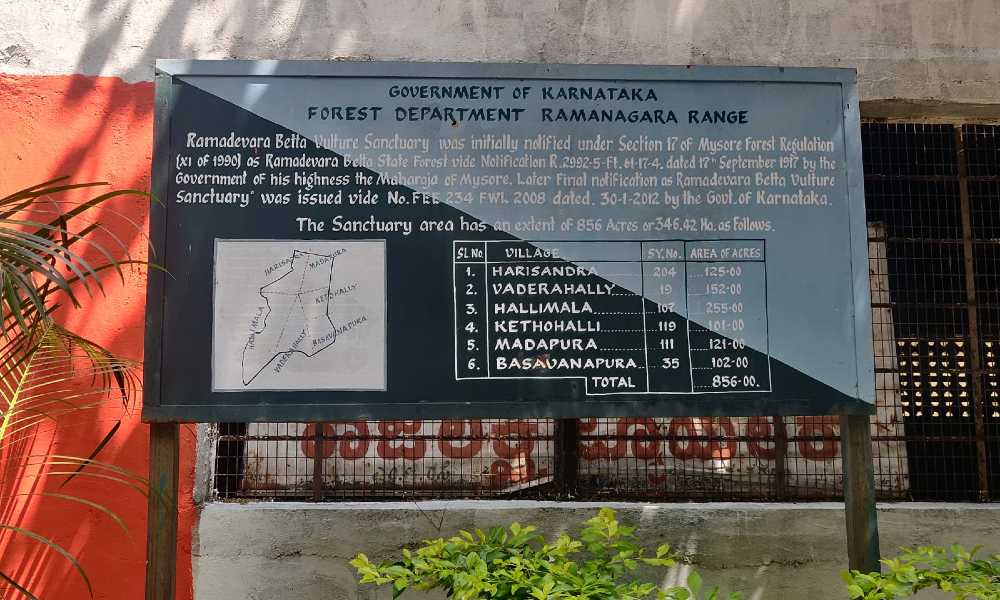
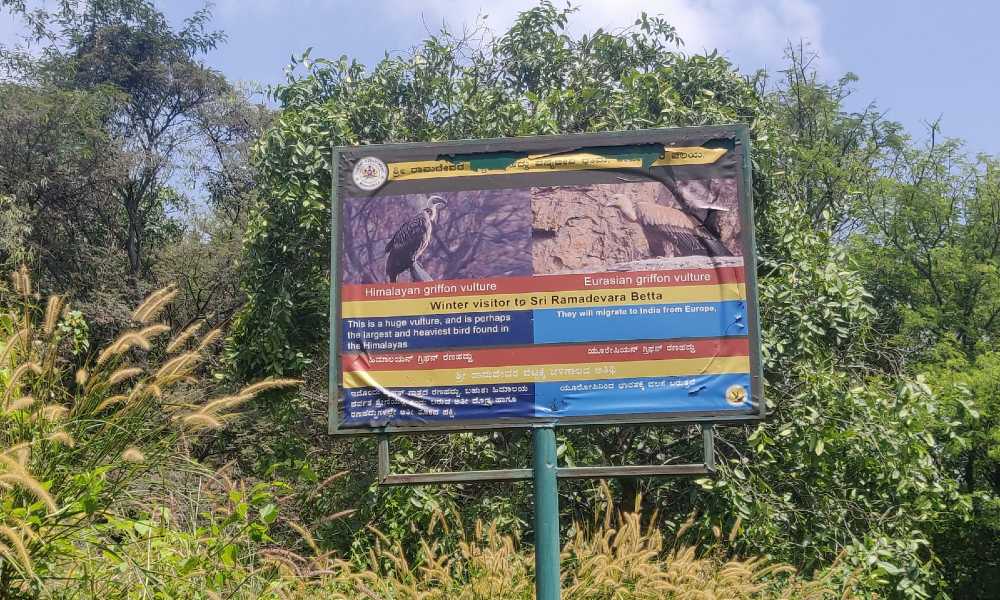
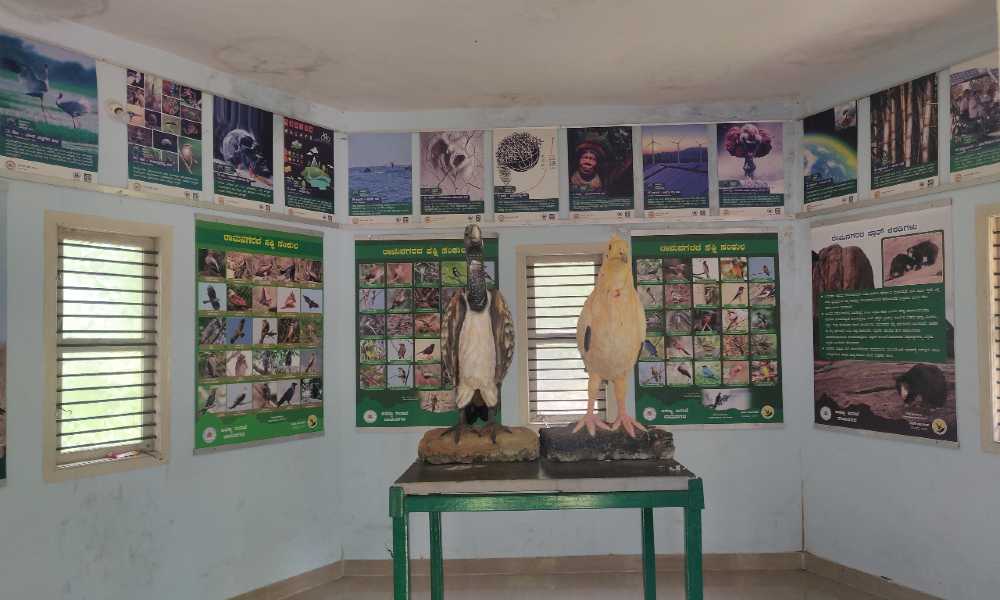
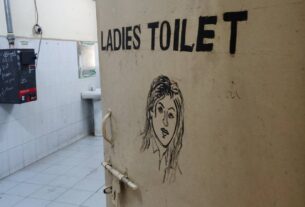


Nicely researched, and articulated. The importance of carefully preserving the remaining vulture population is very well presented. I sincerely hope that this effort of Surabhi would succeed in contributing to the conservation of this endangered species.
Well written article on loss of vultures. Explained details